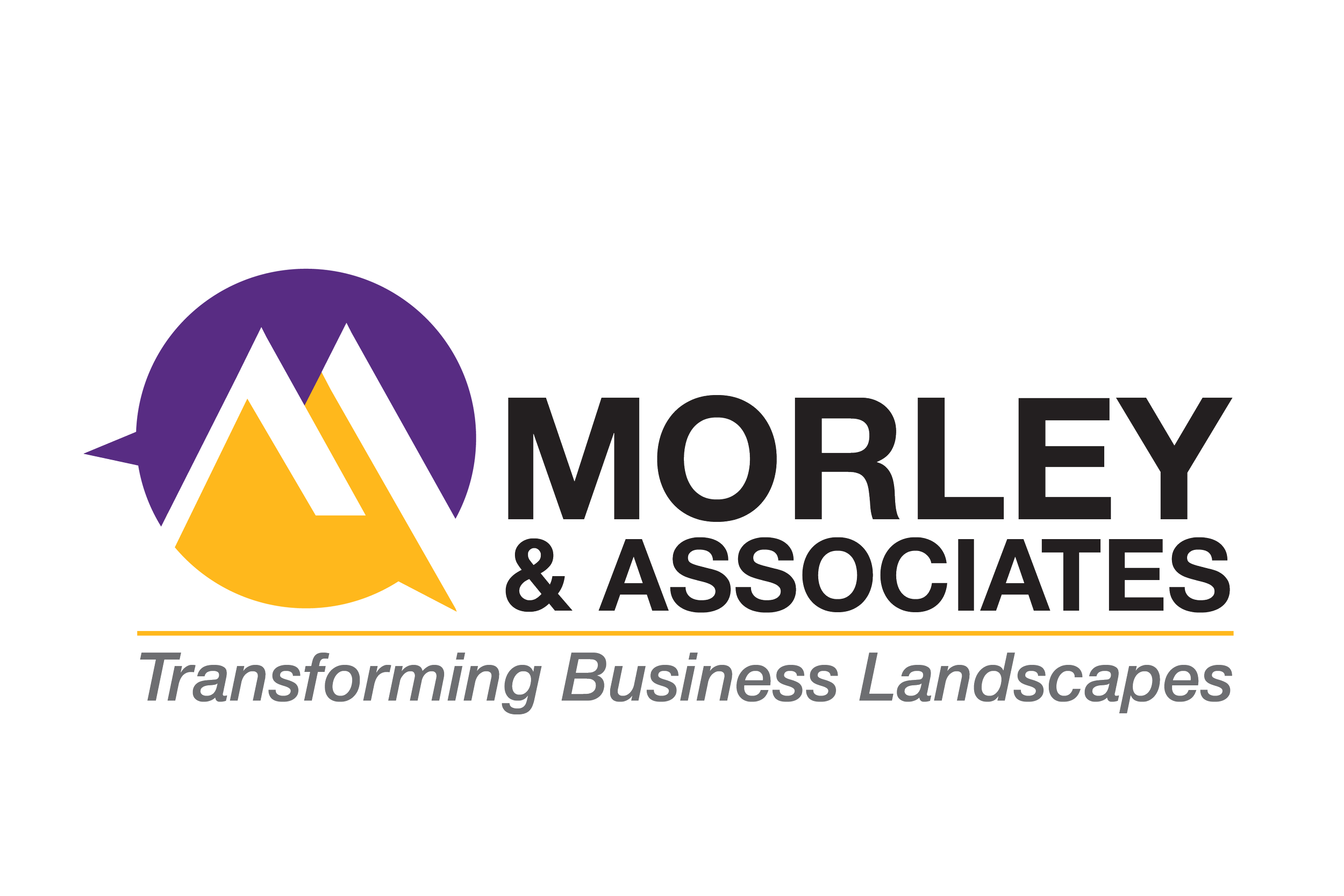•
•
•
Room Setup Tips for Meeting Planners
These tips come from Thomas Antion’s book, Wake em Up: How to Use Humor and Other Professional Techniques to Create Alarmingly Good Business Presentations. (Many of these tips work whether food is being served or not).
Layout
Avoid spacing round tables widely apart in an attempt to fill the available space. Distance makes audience involvement and participation much more difficult. A better idea would be to space the tables as close together as practicable (allowing enough room for comfortable waiter and waitress movement). Empty room space could be filled with a decorative divider of some sort.
Avoid a great distance between the head table/dais/speaker area and the first row of tables. Again, distance is a great barrier to interaction.
Try to set the head table/speaker area on the long side of the room. This means that the back row participants will be closer to the speaker than if you set the head table/speaker area on the short side of the room (participants will feel they are really far from the action).
Consider allowing the speaker an option of speaking areas. Many top speakers can do a better job if they are not confined behind a head table and/or lectern. Most audiences like being closer to the speaker too. To accomplish this, place extra chairs near the front of the room to be used by the head table participants after dinner (of course, this would depend on your overall program). You would not want them seated behind the speaker during the program. Set head table back from the front of the podium. Speaker can perform in front of the head table.
Set buffet tables far to the side or on the opposite end from the speaker area. If someone goes back for late seconds or arrives late, he or she will not be disruptive.
Discourage use of doors anywhere near the head table/speaker area.
Timing
When on a tight time schedule, have desserts placed on the table midway through the meal.
Arrange with banquet staff to cease all bussing of tables on a pre-arranged signal. Many functions have less than interesting openings because service personnel are running around for the first 10 minutes of a talk. This gets everything off to a bad start.
Ten minutes before the program is to start, it is very helpful to announce something like the following: “The program will start in ten minutes. Please get your drink refills, (go to the little boys and little girls room), grab another piece of cake and then take your seats and get ready for a great program!”

